Robots have begun to emerge as solutions for the aging population. These robots are providing a wide range of pragmatic aid to the elderly, both in the home and in assisted living facilities. Some serve simply as “pets” to help seniors with depression, while others go a step further and act as a mobility aid. The most complex robots actually provide hands-on care.
Nor are robots a new idea. Prototypes have been in development for a number of years. Japan, known as the world’s “oldest” nation, is at the head of the robotic innovation design curve. With 30 million people over the age of 65, the country’s elderly account for 25 percent of its population.
Ultimately, these new products will be sold worldwide. International robot companies view aging as a large growing market.

A market for an aging person to have a meaningful relationship with a pet
(Credit: health-e.info.com)
Nonetheless, I personally work with experts who care for the elderly in a variety of capacities, and the word on the street is that it’s too early to sell such products on a large scale. In fact, the makers of Lively, one of only three home-care monitoring devices on the market, just closed its doors due to lack of sales. These emergency response monitoring systems are user friendly and easy to install, especially for the boomers who are smart phone and app savvy. But the systems are proving a challenge for manufacturers to sell off store shelves.
Still, there’s no doubt that someday these complex devices will be part of our everyday lives — perhaps when the boomers reach their (newly defined) golden years, and their health begins to fail. Meanwhile, here are a few of the various robots currently in development or that already have hit the store shelves.
HAL is an interesting concept, although a disturbing name to those who witnessed the infamous “HAL” computer lose control in the iconic film “2001: A Space Odyssey.” Made by Japanese Cyberdyne, HAL is a robot suit that helps those who suffered a stoke or other debilitating condition pick up objects 5 times heavier than they normally could, reports The Australian News. The suit can also be used for non-aging related conditions, such as injuries suffered by soldiers on the battlefield.
Developed by RIKEN-SRK Collaboration Center, “ROBEAR” is a very Japanese-looking, cute and friendly robot “bear” designed to help care for the elderly. With three types of sensors, it lifts and carries an incapacitated person from the bed to a wheelchair with slow, gentle movements, reports GlobalAgingTimes. Made of soft rubber, the robot also has special legs that can extend in front to prevent it from tipping over.
A low-tech solution designed to address how a robot can befriend the aging, “Teddy” is a robot in disguise, according to an Engadget report in 2012. The Fujitsu-built soft teddy bear has a face-tracking camera inside, touch sensors and an installed record of 300 possible responses to the various facial expressions of its owner. The robot laughs, giggles, waves, falls asleep and even snores. Nonetheless, says Engadget, the robot has not been a commercial success; those who have tried it say they prefer a real teddy bear. Further, advocates for seniors have raised questions about the ethics of replacing human interaction with a robot.
Similar in concept, Bentley is a sweet-faced, fuzzy robotic seal that speaks of wanting to be hugged. The initial price tag was reported at a steep $6,000. Suitable for people with dementia, it can withstand being thrown, but makes angry noises when it is upside down or hit hard.
Hasbro recently announced an almost life-like robotic cat for seniors dubbed “Joy for All.” Toyland reports the $99 cat, which uses four C-sized batteries, acts as a companion to people who are lonely or not feeling well. The Japanese cat responds to petting by rolling over and purring for more attention. It snuggles, too, but never needs feeding or a litter box.

 As Technology Advances
As Technology Advances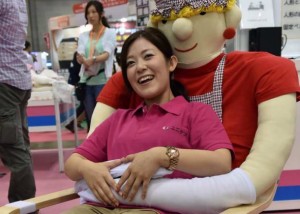
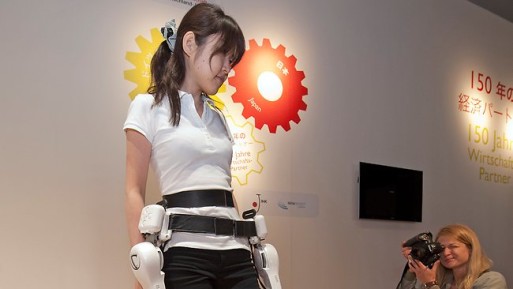
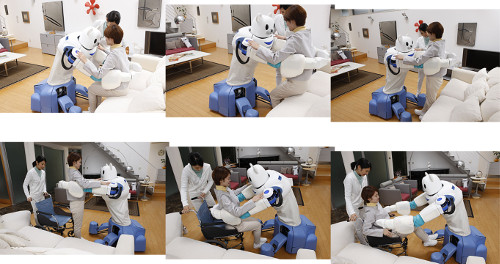

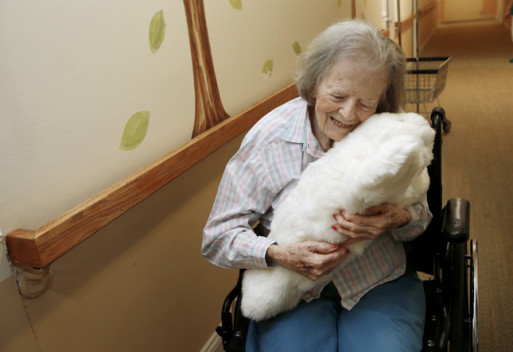
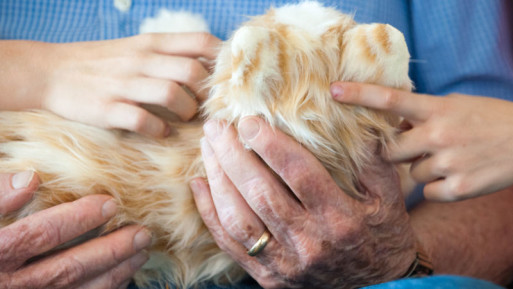




 “As Tears Go By” by Marianne Faithfull
“As Tears Go By” by Marianne Faithfull
 “The Sea” by John Banville
“The Sea” by John Banville














